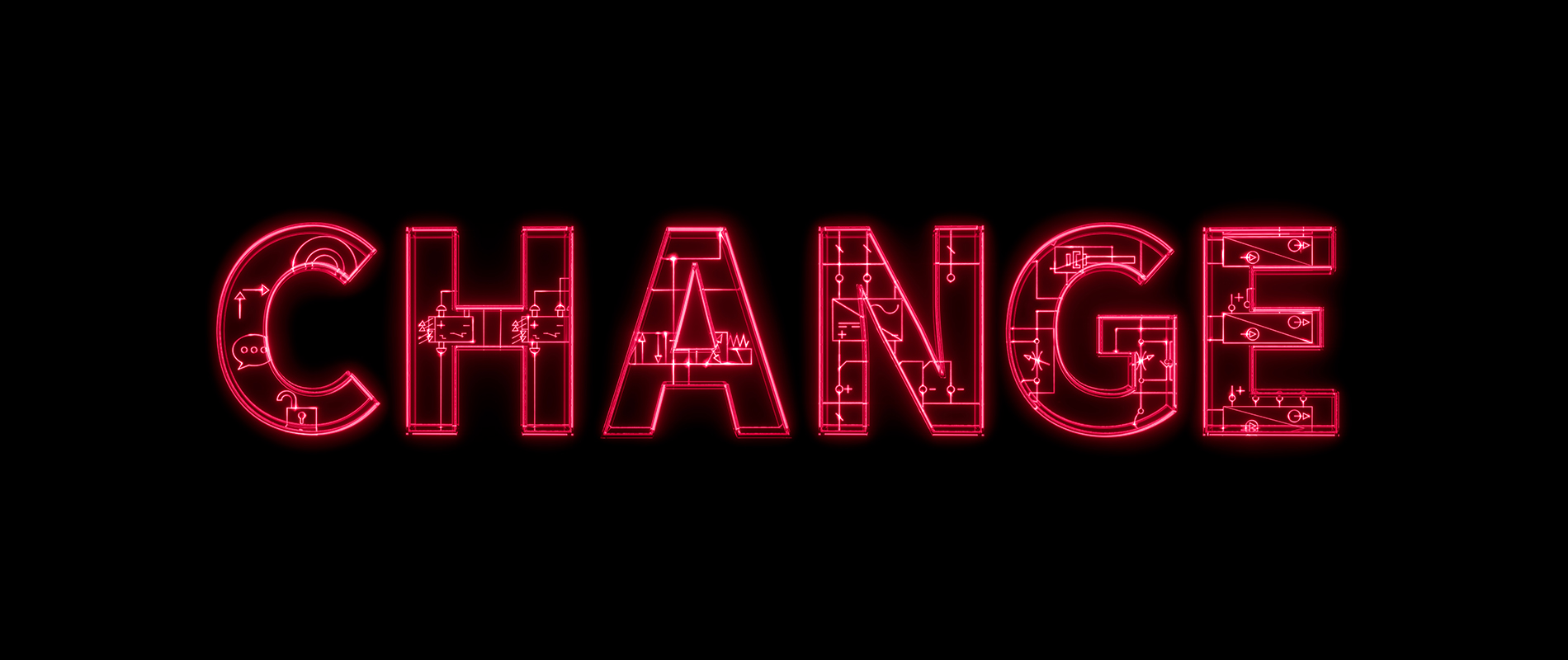Author
70% of Change Projects fail… Don’t be part of the 70%.
Most organizations are in a constant state of change as they respond to increasing customer demands, technological advancements and the fast-moving business environment of today. This means that workplace systems, processes and strategies must continuously evolve to remain competitive.
Adjusting to your industry’s demands is important, but it is paramount to remember that change affects your most valuable asset, your people. The harsh reality is that approximately 70 percent of change initiatives fail due to negative employee attitudes and unproductive management behavior. It is well known that losing an employee is costly, but a lesser thought about consequence is every time an employee walks out the door, essential knowledge of your business leaves with them. And that intimate knowledge is much more difficult to replace.
When preparing to introduce a change to your organization, having a solid change management plan in place will help your employees feel included and guided through the journey. Stephan Stockhausen, a Change and Collaboration Coach states "If a company wants to avoid perceiving new conditions and challenges as a threat but seize them as an opportunity instead, its ability to change must be part of the company’s DNA and firmly ingrained in the corporate culture". It‘s not enough to simply manage change. You have to contemplate, take action and consolidate the result.
The psychologist Kurt Lewin describes this transition as a change process in three stages. His model is based on the assumption that there are forces in every organization that drive change, and those that resist it. Normally, both sides are in equilibrium so that a status quo develops.
Stage 1: Unfreezing - Recognizing the common vision and adding value
In order to achieve change, this equilibrium must be broken (unfreezing) by boosting the driving forces and reducing the impeding ones. The goal is it to develop a readiness for the change. "The idea must be made alluring so that employees are intrigued and want to participate", explains Stockhausen. This can only succeed if the common vision is readily apparent to the employees and they consider the value that they themselves add. This creates relevance among employees.
Stage 2: Changing - Management as the active drivers of the learning process
This is when actual change takes place and new behaviors are learned. For companies, this means re-establishing an environment in which failure is allowed and experimentation is desired. As the active drivers of the change process, management can assist by providing encouragement and transparently communicating progress and interim results.
Stage 3: Refreezing - Solidifying the change
Once the new status quo is achieved, phase three begins: Refreezing. The aim is to maintain the new situation and not to fall back into old behaviors. This is the only way a company can remain open to new ideas and react to a changing environment. Regardless of how you choose to approach change one thing is certain, change is inevitable.
If streamlining challenging engineering and design processes is on your to-do list, EPLAN can help. Our computer-aided engineering (CAE) design software solutions for machine and panel builders can assist your team in completing more projects in less time.




Comments